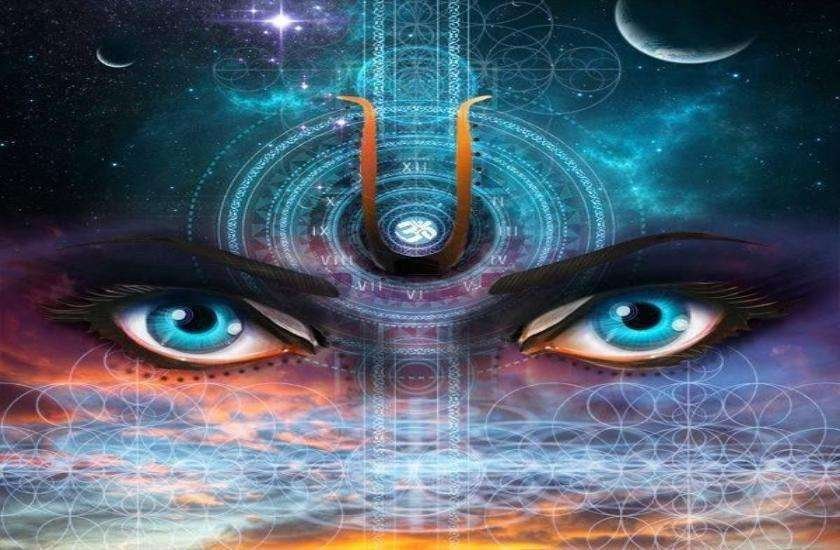
Trika Shaivism, also known as Kashmir Shaivism, is a philosophical and spiritual tradition that originated in the Kashmir region of India. It is a form of Hinduism that focuses on the experience of consciousness and the ultimate nature of reality. The word “Trika” means “triad,” which refers to the three aspects of the divine: Shiva, Shakti, and Nara. Trika Shaivism has a complex and nuanced set of practices, beliefs, and doctrines, which we will explore in-depth in this article.
The History and Origins of Trika Shaivism
Trika Shaivism has its roots in the Tantric traditions of ancient India. The Tantric traditions emerged around the 5th century CE, and they emphasized the use of ritual, mantra, and meditation to attain spiritual enlightenment. Trika Shaivism emerged as a distinct tradition within the Tantric tradition around the 8th century CE in the Kashmir region of India.
The founder of Trika Shaivism is believed to be Abhinavagupta, a scholar, philosopher, and mystic who lived in Kashmir in the 10th century CE. Abhinavagupta wrote extensively on Trika Shaivism, and his works continue to be studied and revered by practitioners of the tradition today.
The Beliefs and Doctrines of Trika Shaivism
Trika Shaivism is a non-dualistic tradition, which means that it sees the ultimate nature of reality as a single, undifferentiated unity. However, Trika Shaivism also recognizes the diversity of the world and acknowledges the existence of multiple levels of reality. These levels are known as tattvas, and there are 36 of them in total.
At the highest level of reality is Shiva, the divine consciousness that pervades all of creation. Shiva is seen as both transcendent and immanent, meaning that he exists beyond the world of appearances, but also within everything that exists. Shakti, the divine feminine energy, is seen as the creative force that brings the world into existence. Nara is the individual soul, which is seen as a reflection of the divine consciousness.
The practices of Trika Shaivism are designed to help the practitioner realize their true nature as the divine consciousness. This realization is known as self-realization or enlightenment. The practices of Trika Shaivism include:
- Meditation: Meditation is a central practice in Trika Shaivism. The practitioner seeks to still their mind and focus their awareness on the ultimate reality of Shiva.
- Mantra: Mantras are sacred sounds or phrases that are repeated to aid in concentration and focus. In Trika Shaivism, mantras are used to connect with the divine consciousness and to help the practitioner realize their true nature.
- Yoga: Yoga is a physical and spiritual practice that is designed to help the practitioner achieve union with the divine. In Trika Shaivism, yoga is seen as a way to purify the body and mind and to prepare the practitioner for spiritual realization.
- Ritual: Rituals are an important part of Trika Shaivism. They are designed to connect the practitioner with the divine and to help them cultivate devotion and reverence.
- Self-inquiry: Self-inquiry is the practice of questioning the nature of one’s own consciousness. This practice is designed to help the practitioner realize that their true nature is the divine consciousness that pervades all of creation.
The Practices of Trika Shaivism in Modern Times
Trika Shaivism is still practiced today, primarily in the Kashmir region of India. However, the tradition has also spread to other parts of India and to other countries around the world. In modern times, Trika Shaivism is often practiced alongside other spiritual traditions, such as yoga and Buddhism.
